I spent a couple of days in December with pals on the Suffolk coast eating oysters (a local delicacy of which the Romans were extremely fond), drinking English wine (yes, really!), catching up in front of the fire, and taking long muddy walks. I’ve always found the elusive, ever-shifting, coastline of East Anglia ineffably atmospheric, especially in misty midwinter. Under that vast all-enveloping sky unquiet shingle and mudflats are in a constant state of flux, the result of both human endeavour and the turbulent currents of the impenetrably grey North Sea.
By Aldeburgh beach, where Maggie Hambling’s scallop bears a line from Benjamin Britten’s opera Peter Grimes “I hear those voices that will not be drowned”, the pretty early sixteenth century Moot Hall houses both town council meetings and the local museum: chains of office, diagrams detailing longshore drift, heroic tales of lifeboatmen, and talk of witch trials. In the lower room, sitting quietly in a glass case is a Roman bronze head, his blank gaze exuding bewildered nobility in this improbable distant reach of Empire.
In the spring of 1907 the head was discovered in the muddy bed of the tidal River Alde nearby at Saxmundham by a boy called Arthur Godball, which feels exactly the sort of name boys in Edwardian Suffolk should have. The jagged edges of the neck suggest a deliberate decapitation of a full-length, or perhaps an equestrian, statue. Was he to be melted down for scrap metal as Rome’s hold over the province of Britain waned, and both desperation for valuable materials and an antipathy borne of the rise of Christianity towards those once-deified emperors grew?
The protruding ears and brushed forward fringe identify him as a Julio-Claudian prince. He is perhaps Claudius, under whose reign the successful conquest Britain began in 43 CE. Claudius was then fifty-four years old, though that doesn’t preclude the youthful head from representing him; the Julio-Claudians were extremely keen on air-brushing.
The hollow bronze head was cast using the lost wax method, a technique which originated in India and like so much else came to Rome via Greece. He is missing his eyes, which were perhaps once detailed in ivory as exemplified by this exquisite athlete found at the Villa of the Papyri at Herculaneum and now in the Archeological Museum in Naples.
The Aldeburgh head is very fine indeed. Plausibly it was looted from Colchester, ancient Camulodunum, and the most important Roman town in East Anglia. Beyond that is supposition, but as I admired the elegant portrait I thought of him destined to be repurposed for coinage or weaponry as Britons thumbed their noses at the rulers who after nearly four centuries had retreated to focus their attentions on their beleaguered continental territories.
I imagined the elegant statue hacked up in the early fifth century with a lack of ceremony which was both wilful and pragmatic before being loaded onto a boat which soon floundered on the reeds of the river Alde. There this aristocratic head slipped into the mud, such a very long way from the patrician residences of the Palatine Hill and those ancient echoes of Romulus; and there it languished, in the depths of Suffolk, for one and a half millennia. Isn’t that astonishing?




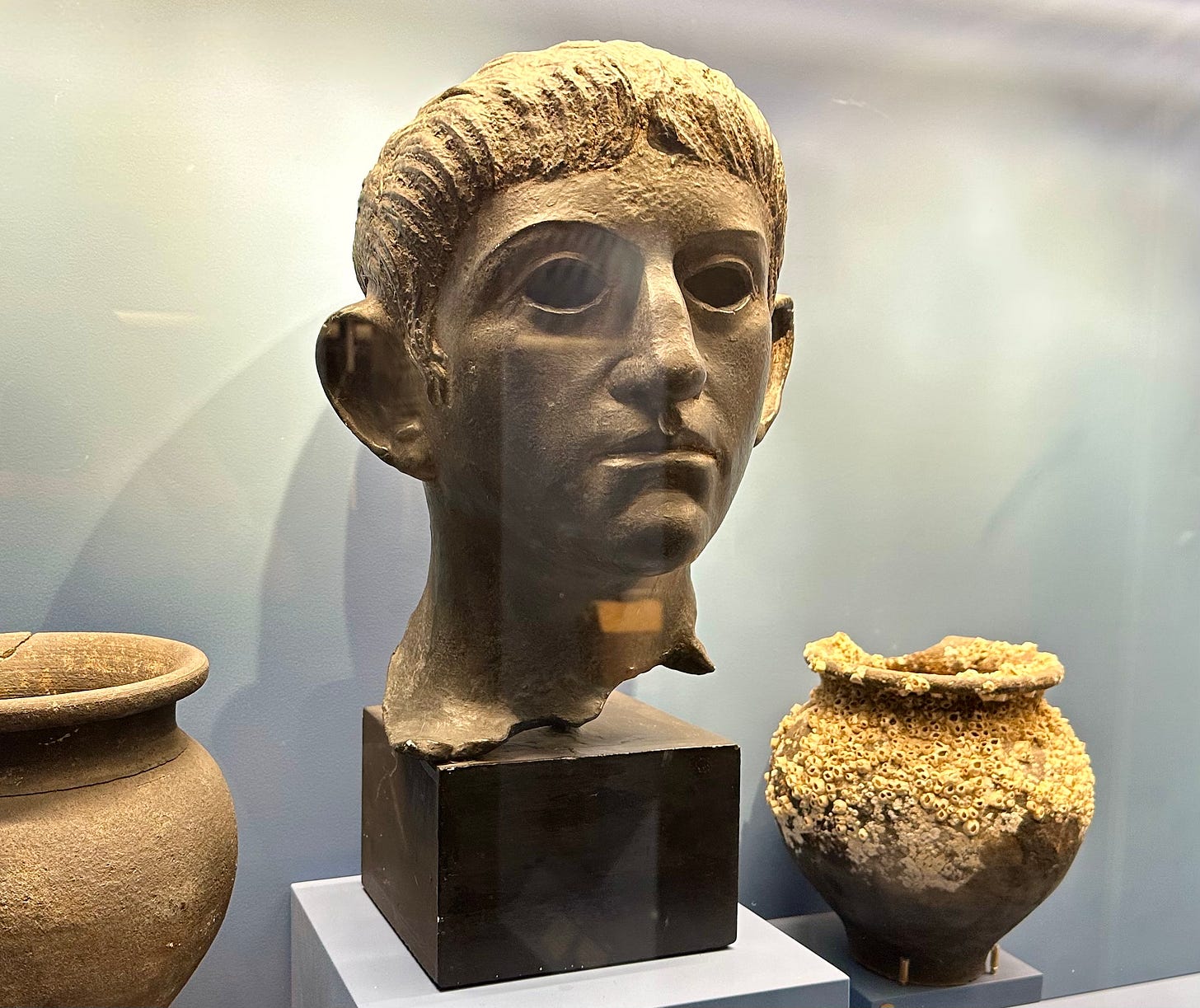
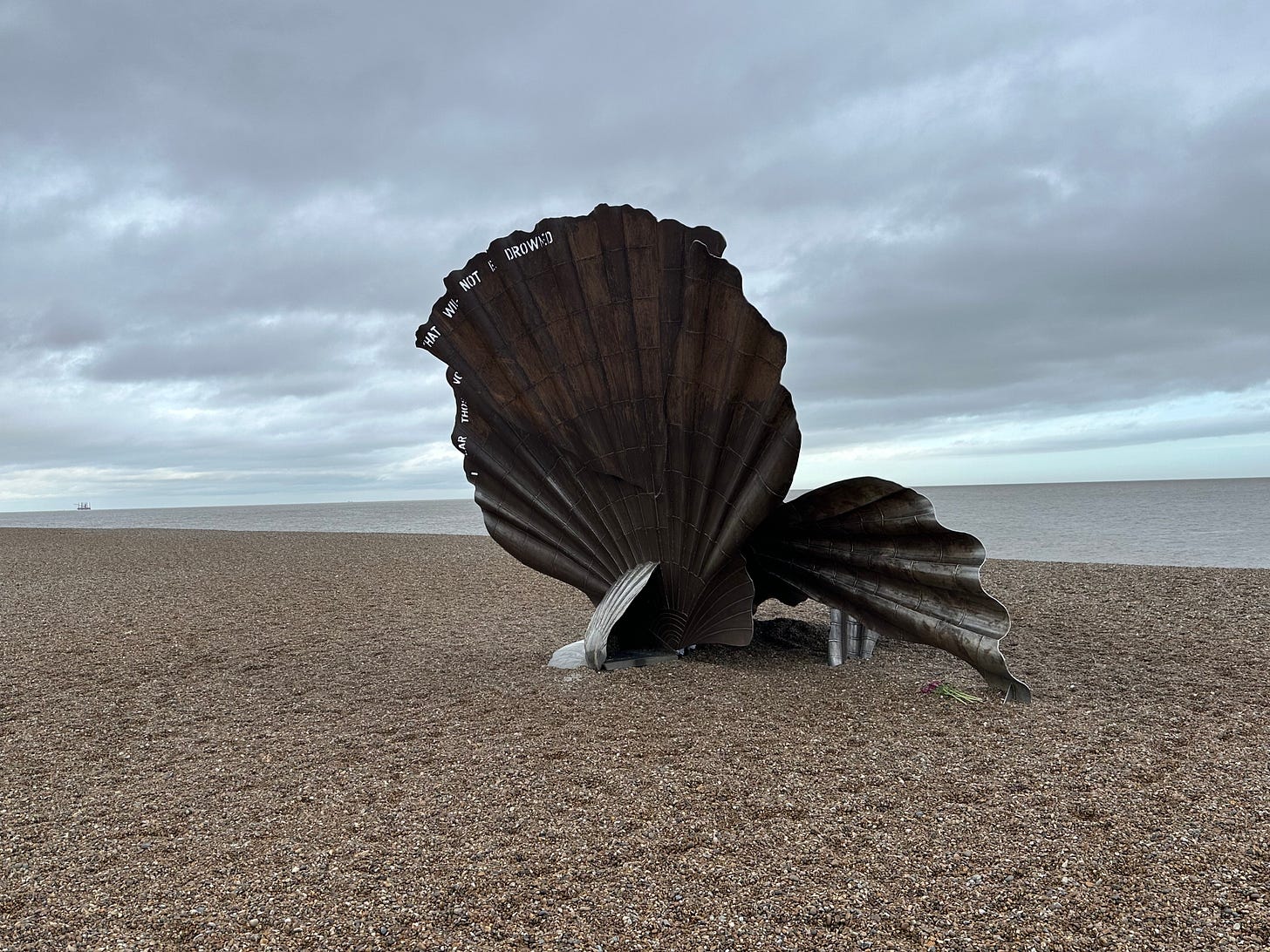
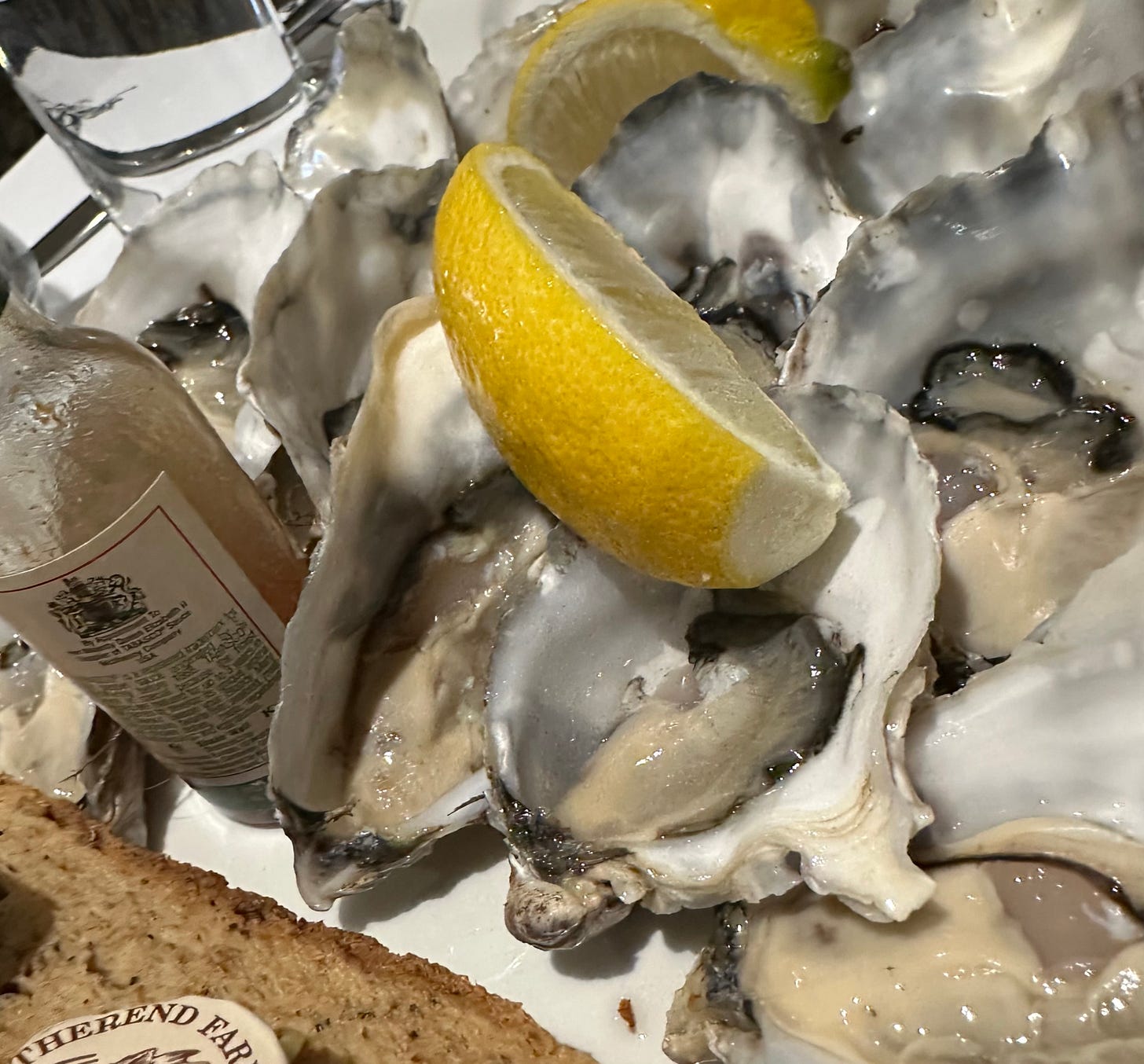
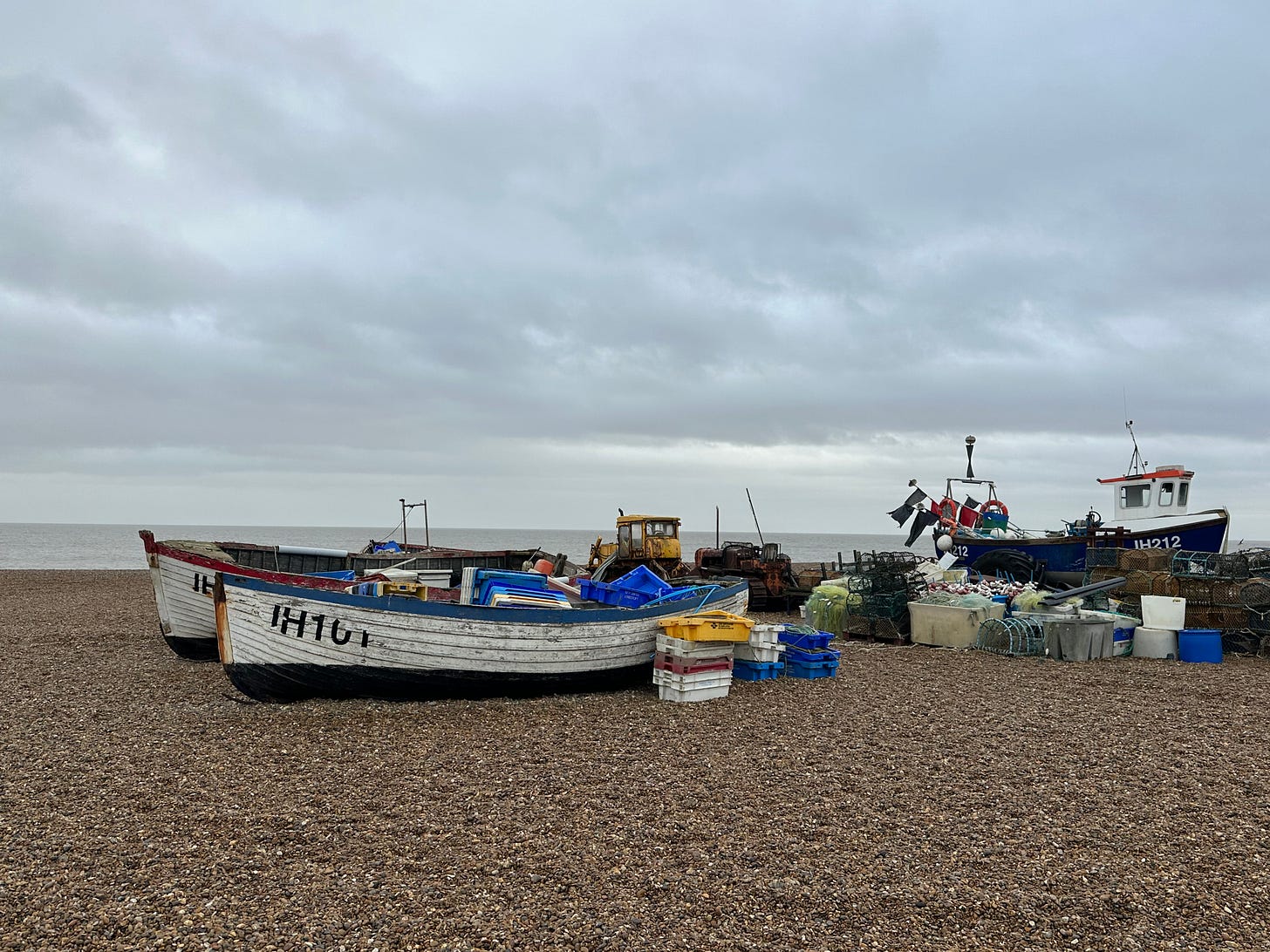
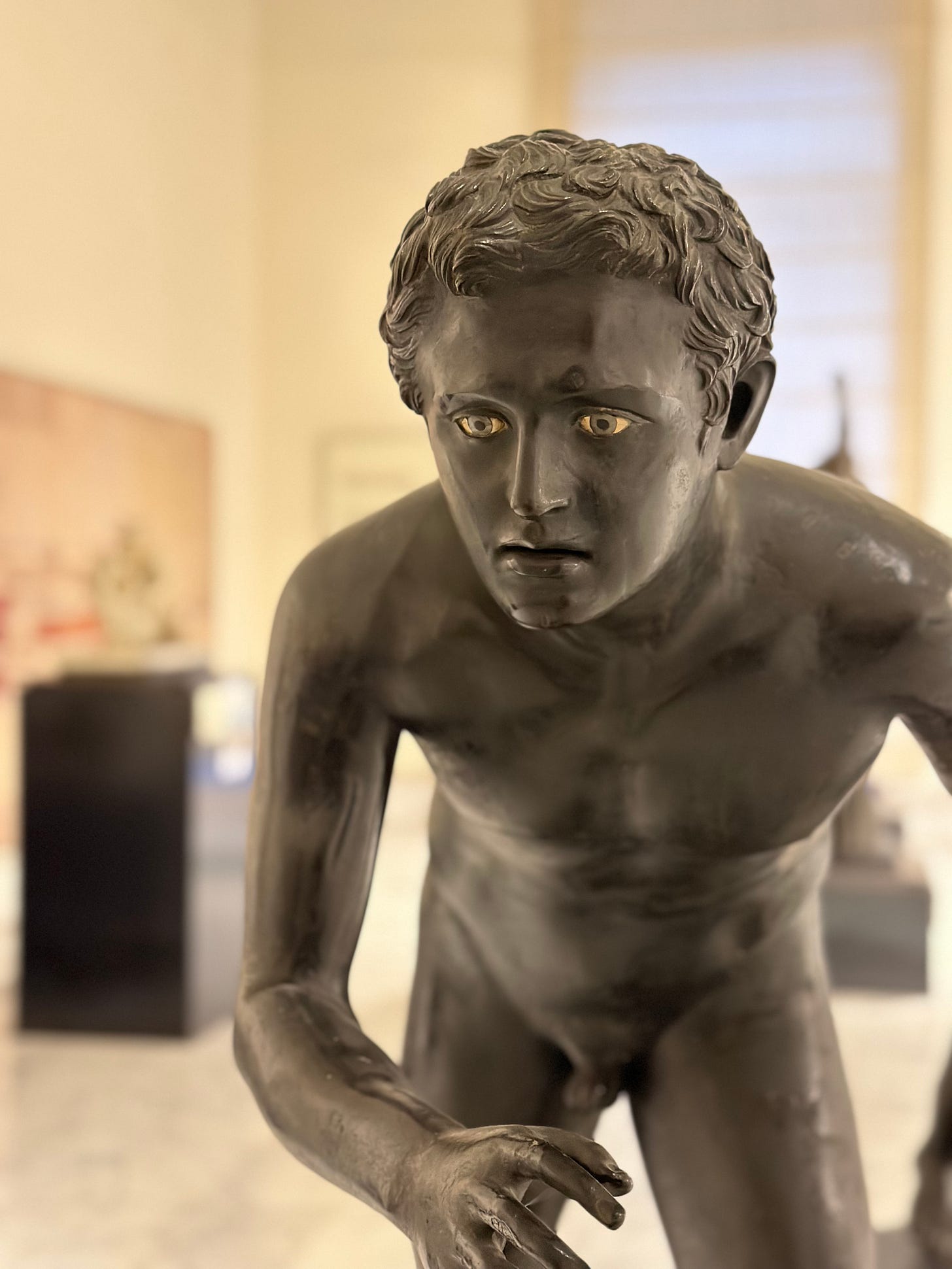


Yes it is.
So fascinating to read about the head of the Julio Claudian Prince
Found in Aldeburgh